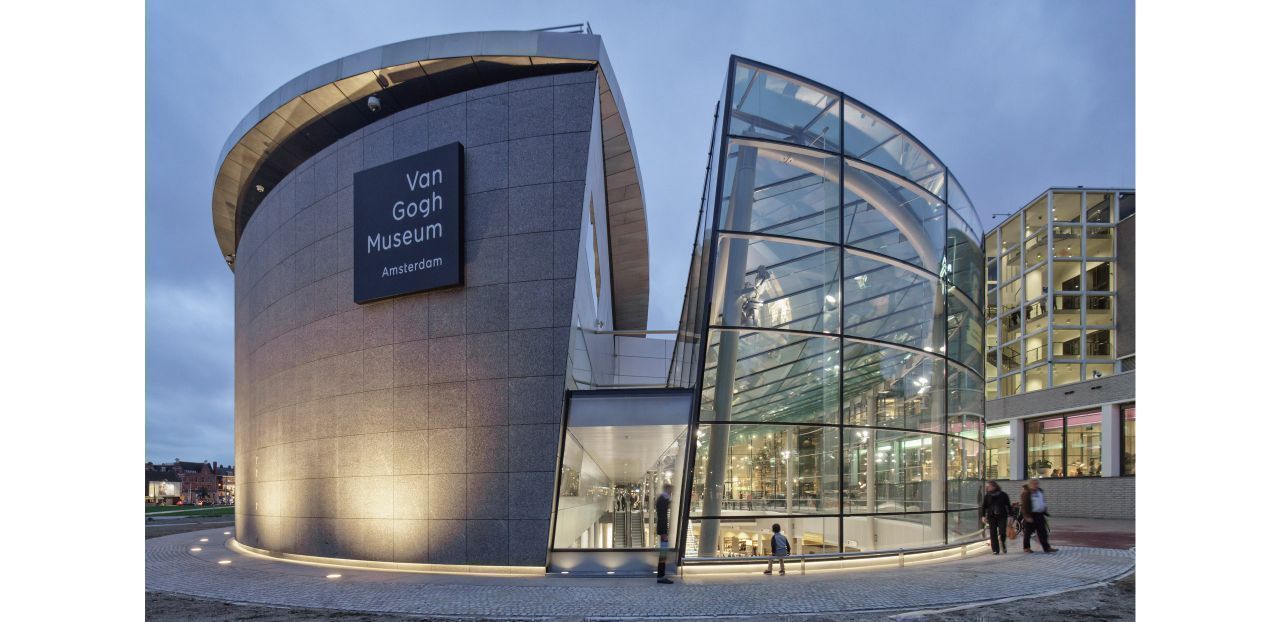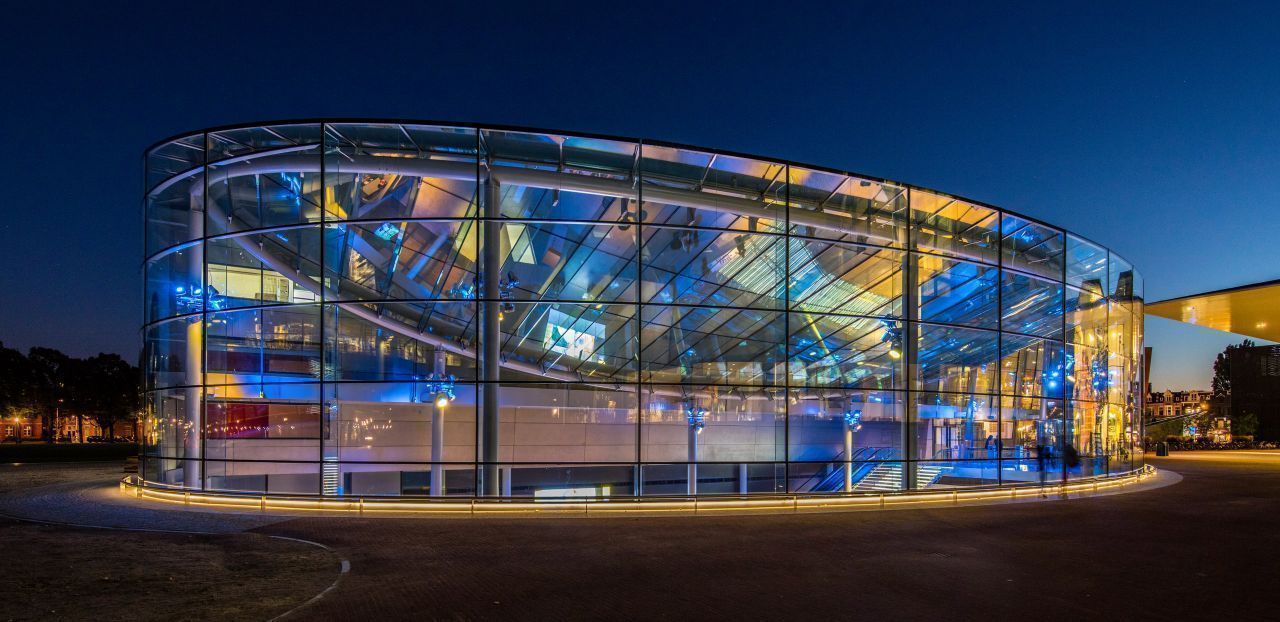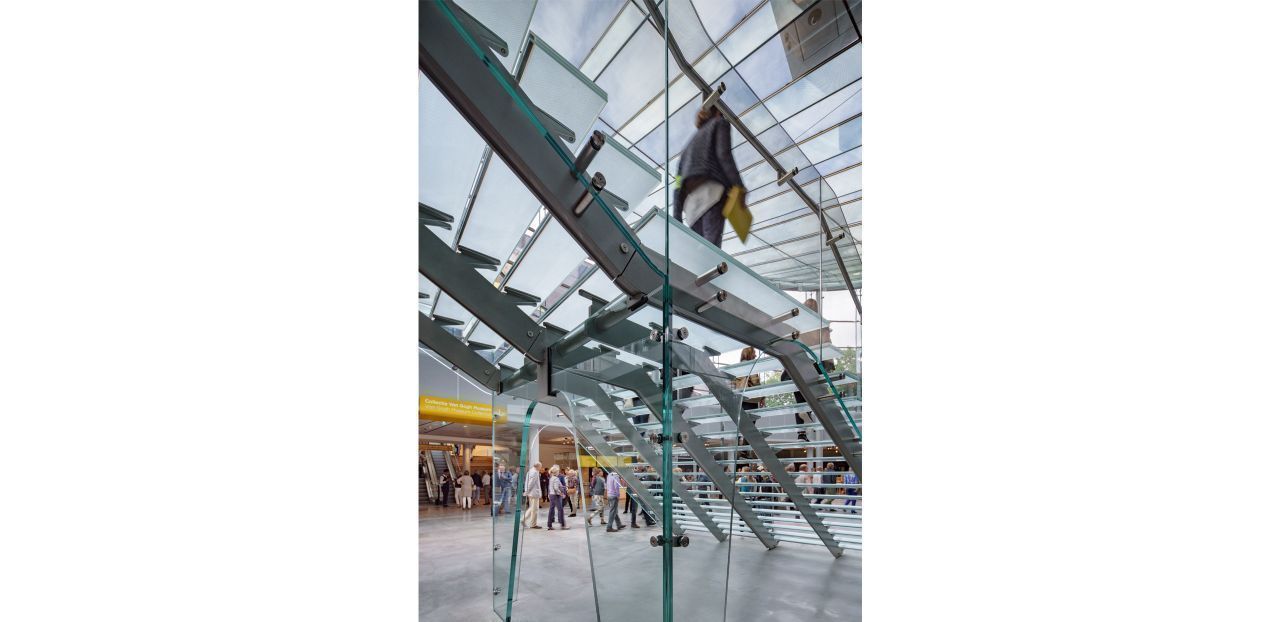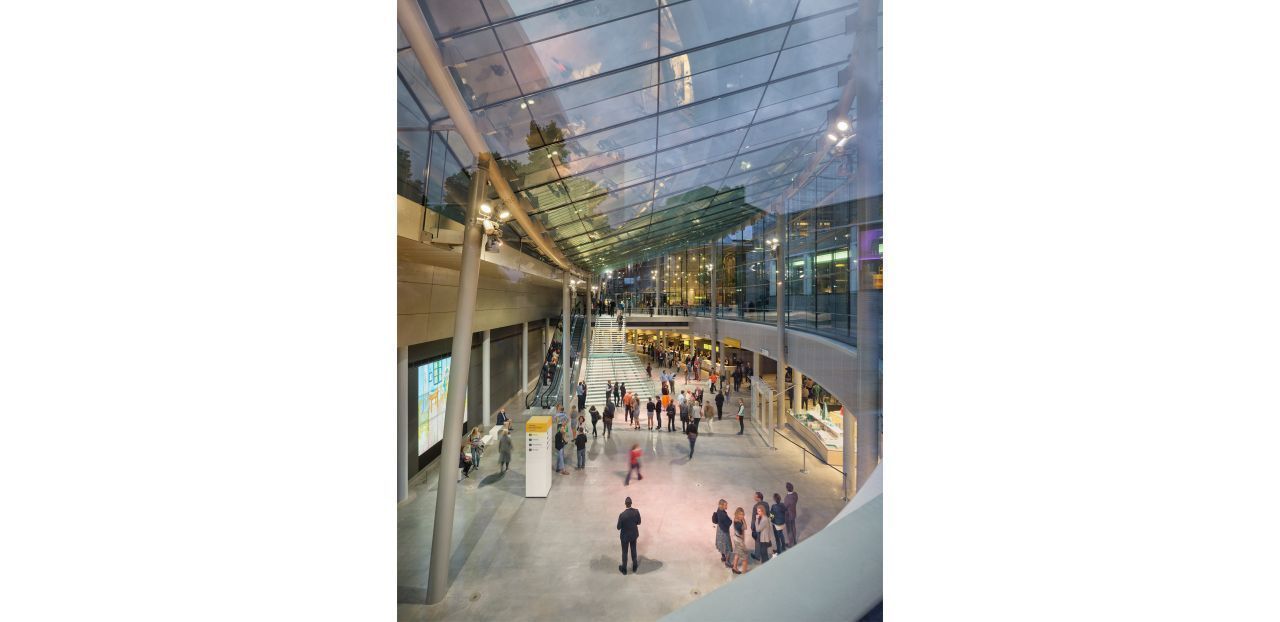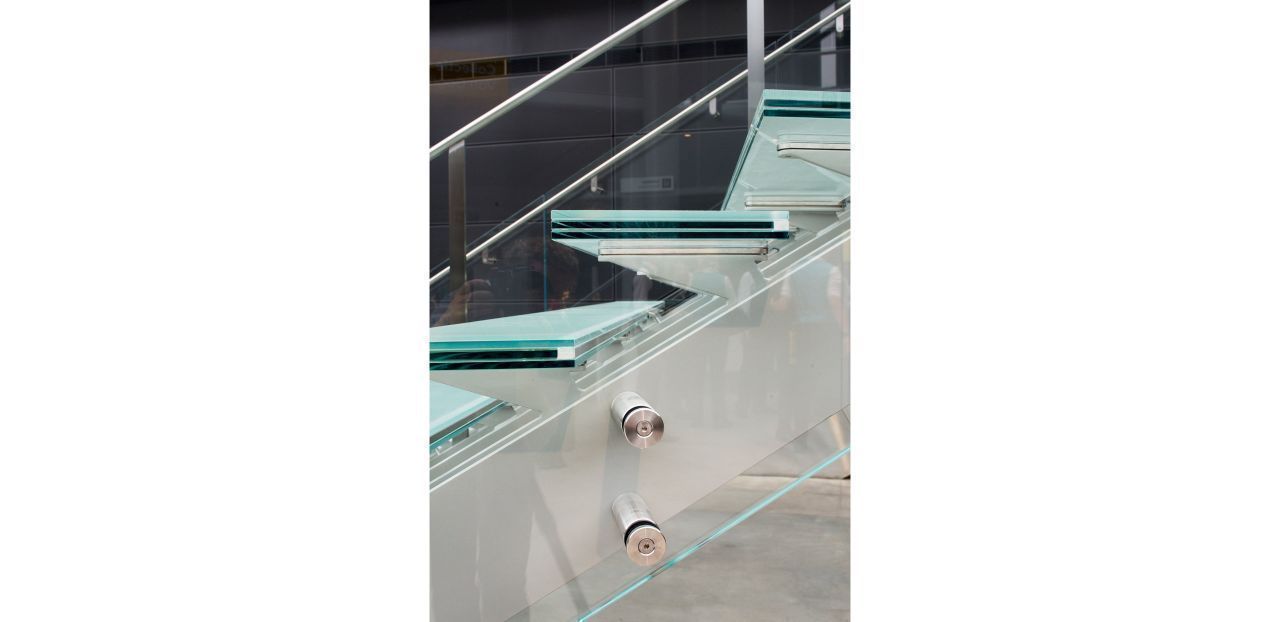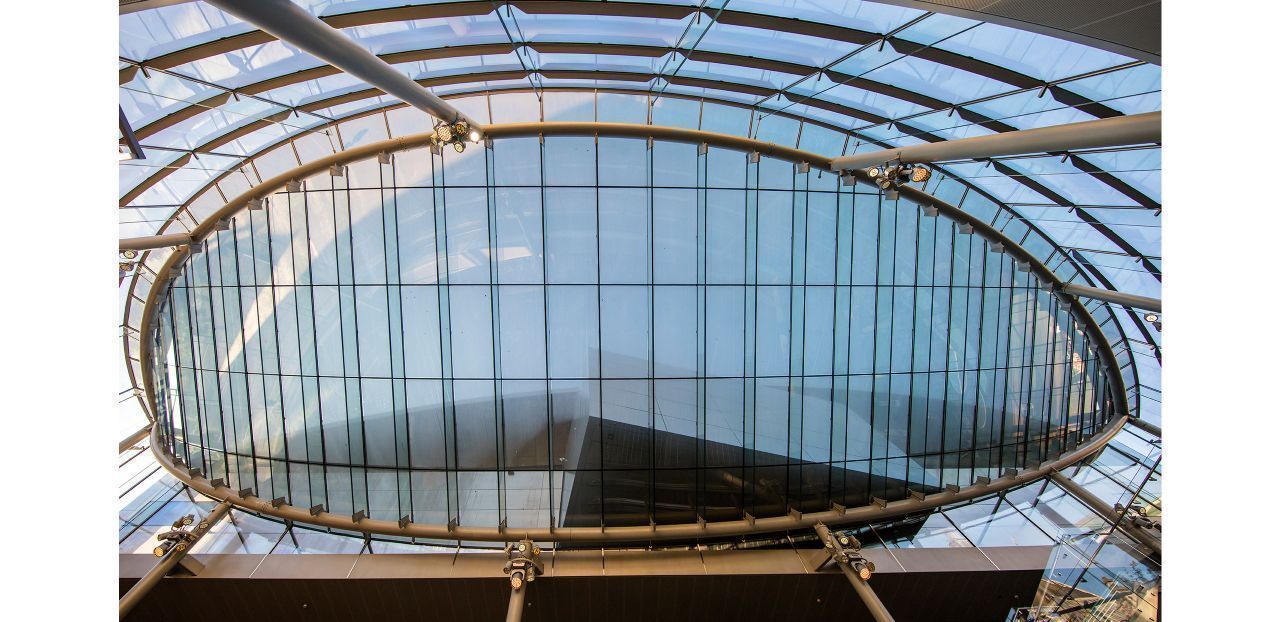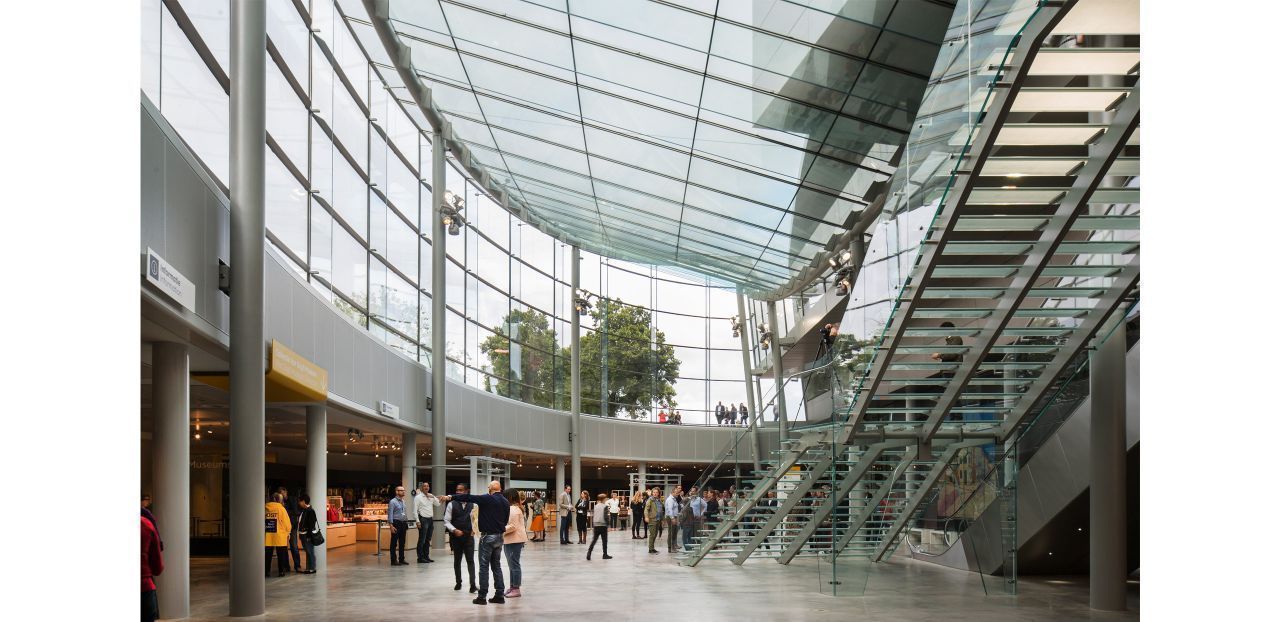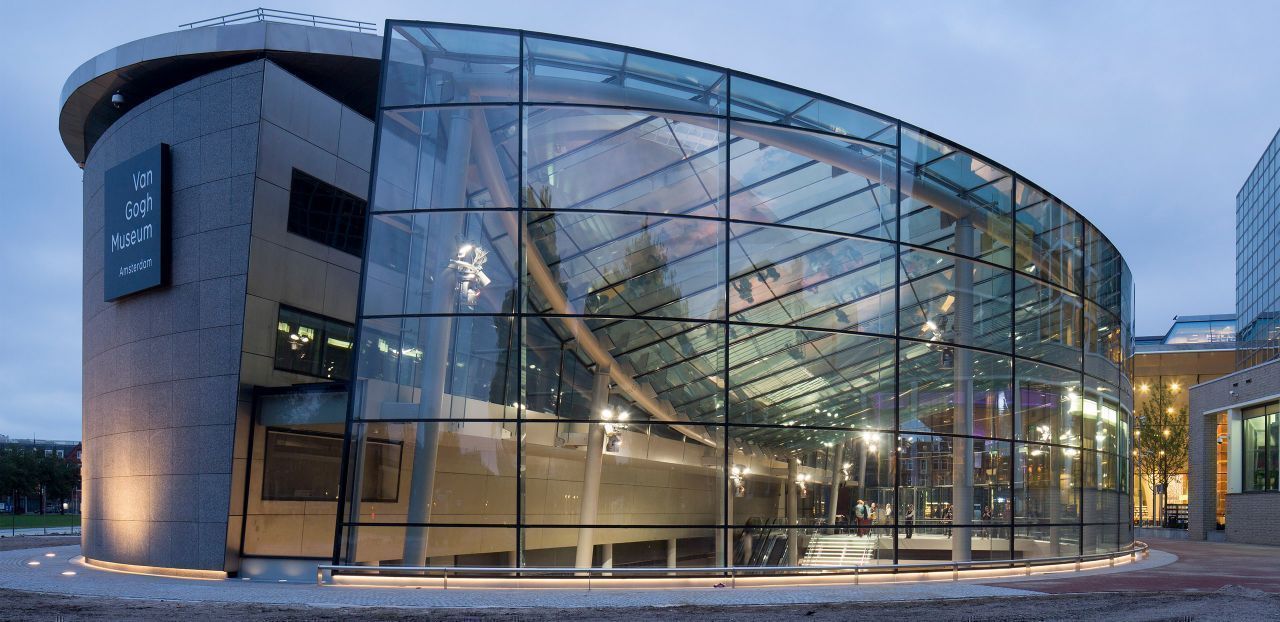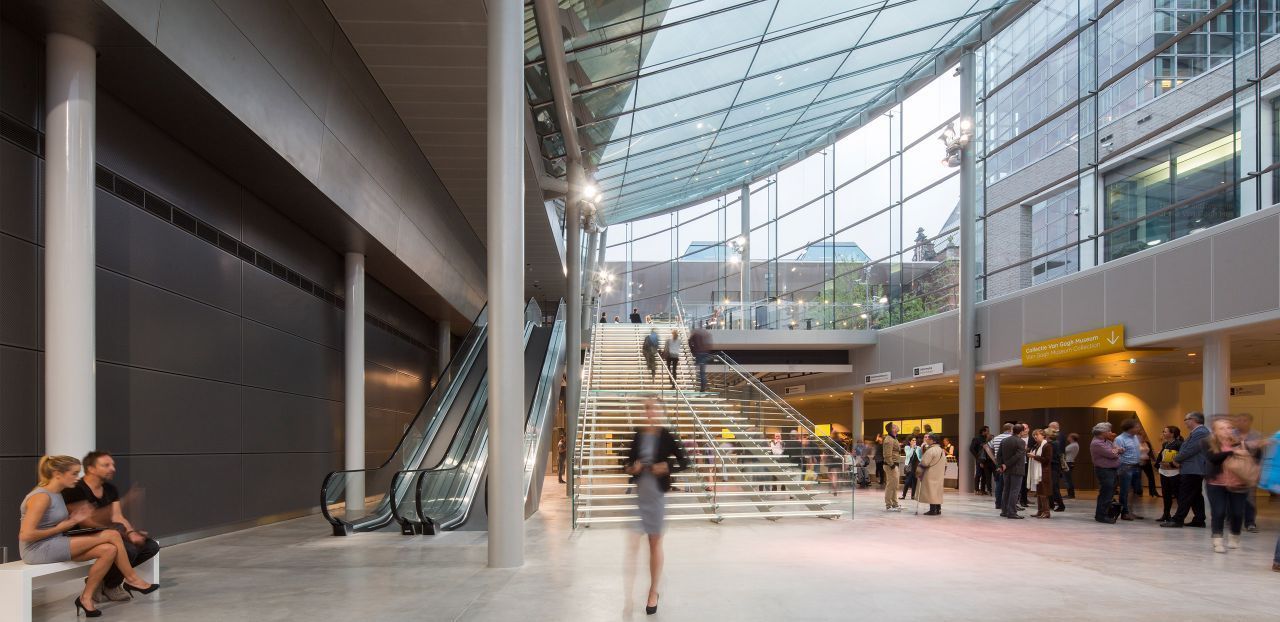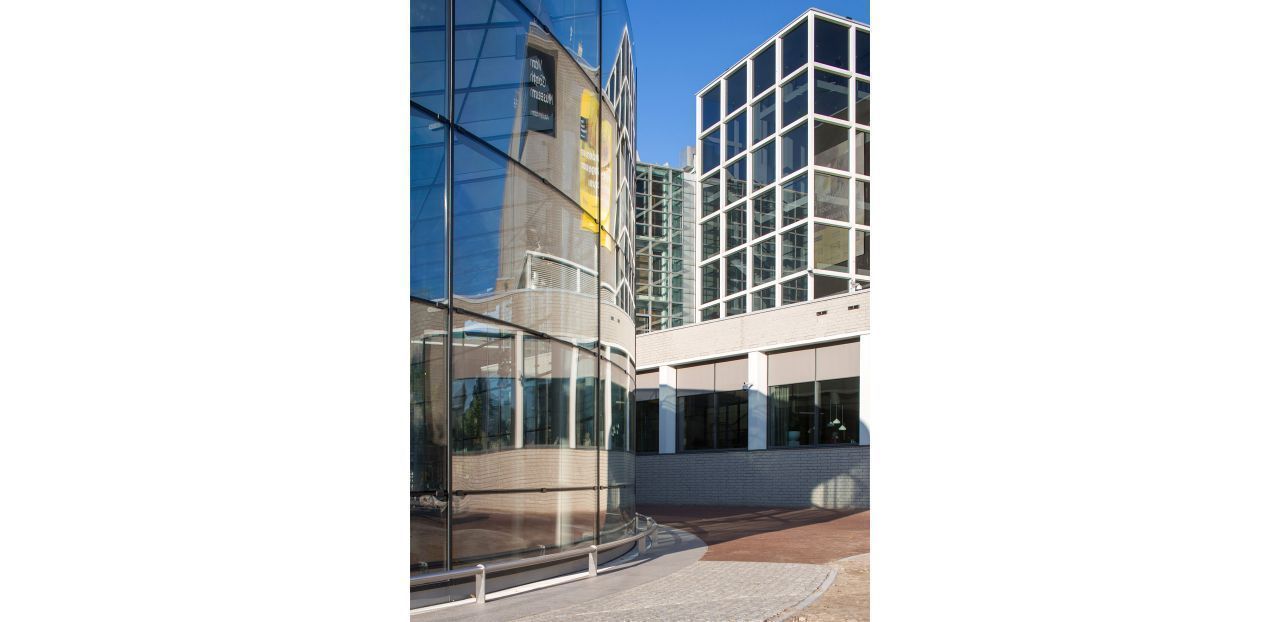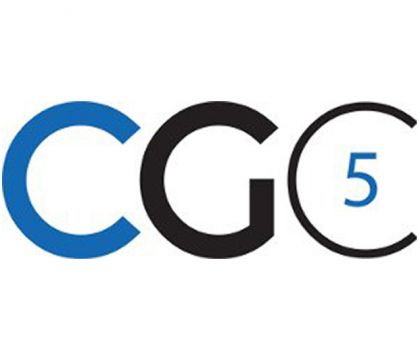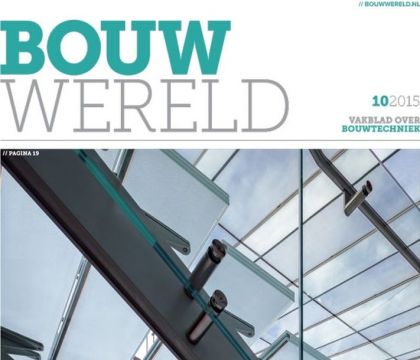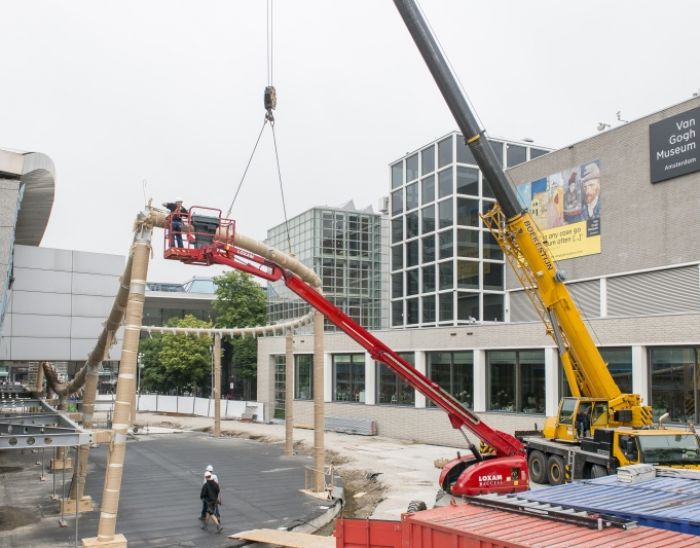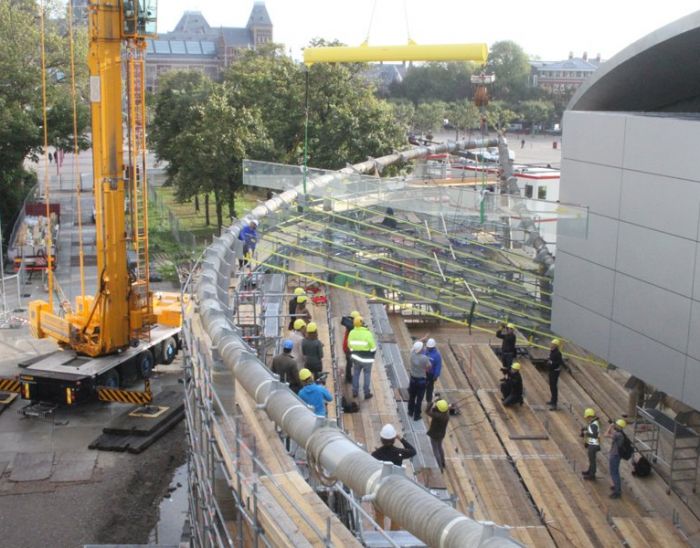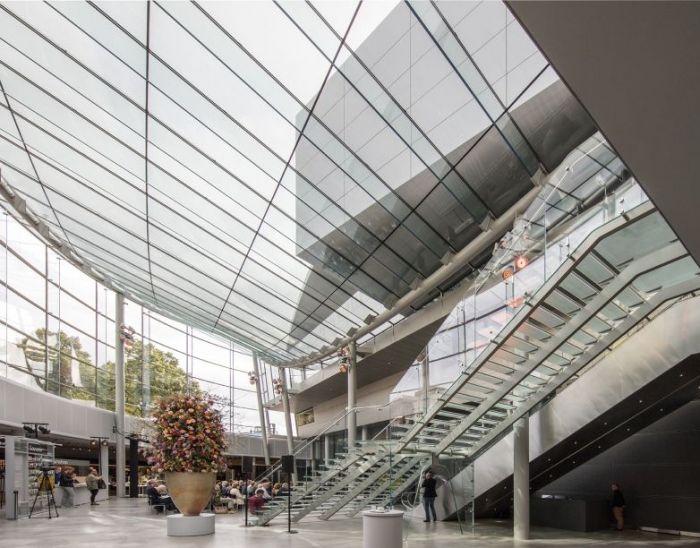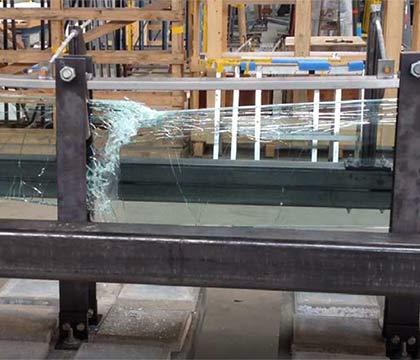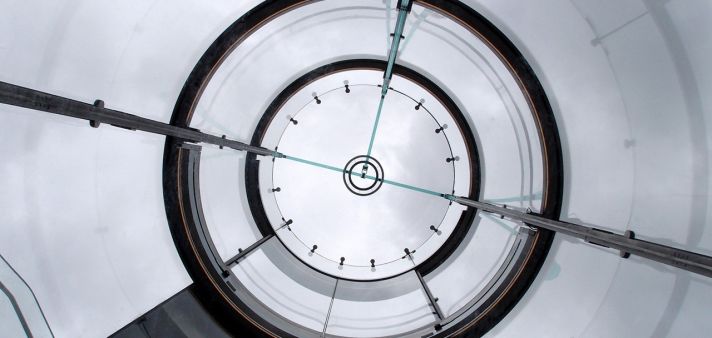Van Gogh Museum
Transparent entrance building Van Gogh Museum
The Van Gogh Museum in Amsterdam has added an iconic architectural statement to the Museumplein with the realisation of the glass entrance building. Designed by Kisho Kurokawa & Associates, the building's technical design was executed by Octatube in collaboration with Hans van Heeswijk architects. The innovative glass structure visually and functionally connects the existing Kurokawa wing and the original museum building by Gerrit Rietveld. The groundbreaking steel and glass construction defines the identity of the entrance building and is an example of Octatube’s expertise in realising challenging architecture.
Glass beams support glass roof
A double-curved glass roof, spanning 600 m², characterises the entrance building. The shape is an inverted version of the shell roof of the existing wing. The roof consists of insulated and laminated glass panels, each with a different width. Glass beams up to 12 metres long – the largest structural glass fins in the Netherlands – support the roof. These fins are triple-laminated with SentryGlas interlayers and not only bear the roof but also stabilise the underlying steel structure. The glass fins vary in length and height. A high-quality coating and a light screen print on the roof glass provide shading for the north-facing glass volume.
Steel tube construction
The glass beams are housed in steel shoes, which are precisely welded to the main steel structure consisting of round tubes of 400mm. Due to the complex geometry, numerous connections, and extremely small tolerances, Octatube made a trial assembly of the entire steel tube structure, measuring 60x15x10 metres, in its factory. Glass tolerances were the guiding factor for the production of the steel.
Cold-bent glass façade: aesthetic and efficient
The curved glass façade consists of 650 m² of cold-bent double-glazed panels with a bending radius of up to 11.8 metres. These panels are attached to 20 unique glass fins. As with the roof, the fins are triple-laminated and feature SentryGlas interlayers. The longest façade fin is 9.4 metres. Cold bending glass in combination with structural fins proved not only technically feasible but also cost-efficient compared to hot-bent glass.
Glass Canopy and Staircase: Technical and Visual Highlights
The entrance is marked by an 11-metre-long glass canopy that cantilevers 1.5 metres with a rigid connection of nearly half a metre. Inside the building stands a prominent glass staircase. This staircase rests on a triple-laminated glass arch and has LED lighting in the steps for a subtle evening accent.

The entrance building of the Van Gogh Museum is the largest structural glass construction in the Netherlands. The beams, façade fins, and panels all contribute to the stability of the building. The project demonstrates – together with projects such as the Kunstmuseum in The Hague – that glass can be used as a primary structural material for breathtaking architectural facades. The project fits in a trend of underground museum extensions enhanced by prominent structural glass geometries, such as the Louvre Pyramids, the renovation and glass elevator shaft of the Mauritshuis, the Joanneum Museum Extension in Austria and the Victoria & Albert Museum Exhibition Road Building in London.

